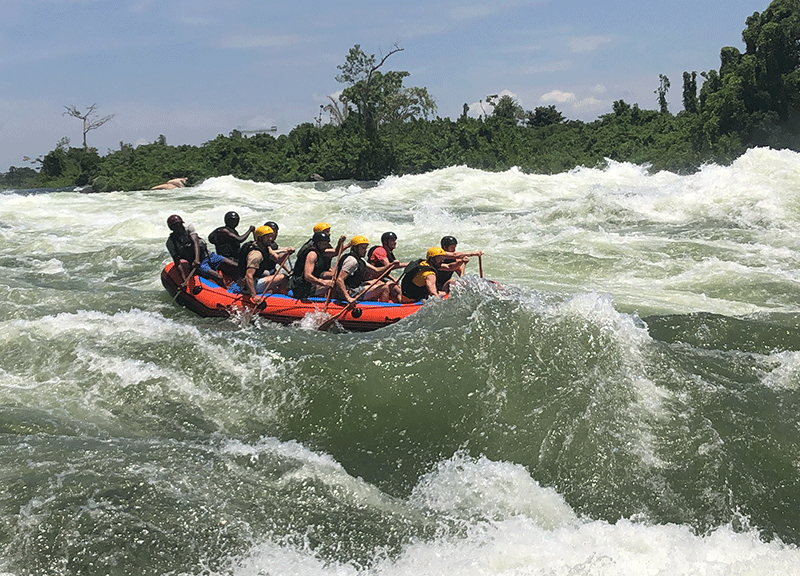- EXPERT'S HELP
- +256789210067
- +256200955001
- info@kenlinktours.com
Nairobi National Museum
Nairobi National Museum
Historical Background
The origins of the Nairobi National Museum date back to 1910, when a group of passionate naturalists from the East Africa and Uganda Natural History Society (now the East African Natural History Society) sought a space to preserve their diverse collection of specimens. The museum’s initial location was at the site of what is now Nyayo House, but as the collection grew, a larger facility was needed. In 1922, the museum relocated to a new building where the Nairobi Serena Hotel now stands.
In 1929, the colonial government allocated land on Museum Hill for the construction of a new museum. Officially opened on September 22, 1930, it was named Coryndon Museum in honor of Sir Robert Coryndon, a former Governor of Kenya. After Kenya gained independence in 1963, it was renamed the National Museum of Kenya (NMK).
It’s Construction
Construction of the museum at its current location began in 1929 on fifteen acres of land designated for this purpose by the colonial government. The new facility, known as Coryndon Museum, was situated on Ainsworth Hill, now called Museum Hill. It was officially opened by the then Governor of Kenya, Sir Edward Grigg, on September 22, 1930.
The museum’s origins date back to 1910 when the Museum of Natural History was established in Nairobi in a rented building where Nyayo House now stands. In 1922, it relocated to Kirk Road, now Valley Road, where the Serena Hotel is currently located, as the original space had become too small for the growing collection.
The Coryndon Museum, which formed the foundation of the present-day museum, featured a foyer leading to a central hall that was ninety feet long and fifty feet wide, surrounded on three sides by a ten-foot-wide gallery. One wing contained the library and administrative offices, while the back housed laboratories and workrooms. In 1964, the Coryndon Memorial Museum was renamed the National Museum of Kenya.
The first significant refurbishment since 1930 began in October 2005, leading to the temporary closure of the Nairobi National Museum for extensive modernization and expansion. President Mwai Kibaki laid the foundation stone in 2006, and on July 14, 2008, he officially re-opened the newly renovated museum. Attractions at the museum now include art galleries, temporary exhibitions, botanical gardens, and a nature trail. The museum features ten permanent exhibitions, including the Cradle of Mankind, Great Hall of Mammals, Cycles of Life, Hall of Kenya, and the Centennial History of Kenya exhibition.
Attraction Points
The museum features both temporary and permanent galleries that appeal to both learners and tourists. The permanent galleries include:
- The Cradle of Humankind Gallery
- The Story of Mammals
- The History of Kenya
- Cycles of Life Gallery
- Numismatic Exhibition
- Asian African Heritage Exhibition Gallery
Cradle of Humankind Gallery
In this gallery, visitors can engage with exhibits on early humans and Stone Age tools. The Bird Gallery showcases the diversity of East African birds, organized into family groups such as birds of prey, water birds, and sunbirds. This display illustrates the various ways birds adapt to their environments and feeding habits.
Story of Mammals Gallery
The Story of Mammals Gallery explores the evolution, locomotion, feeding adaptations, and defense mechanisms of mammals, ranging from large elephants to bats and shrews. This exhibit presents the story of mammals through three thematic lenses: evolution, locomotion, and adaptation.














